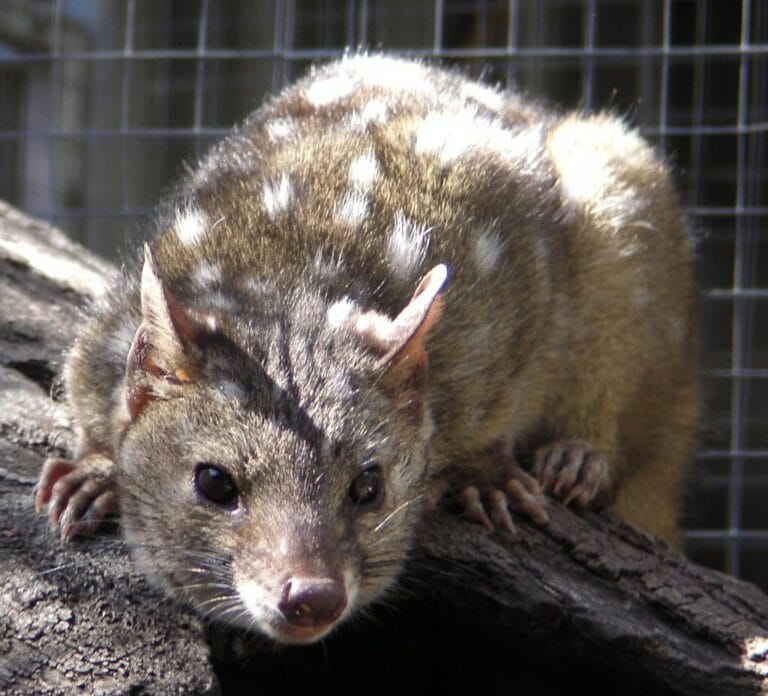



A terrifying mid-air emergency unfolded when a Condor Boeing 757 plane departing from Corfu, Greece, experienced engine trouble and was forced to make an emergency landing in Brindisi, Italy, just 40 minutes after takeoff on August 16, 2025. Flames were seen bursting from the aircraft’s engine, sparking panic among passengers and prompting one to send “goodbye” texts to loved ones.
The plane had reached 36,000 feet en route to Düsseldorf, Germany, when it suffered a disturbance in turbine airflow, according to German broadcaster WDR. Videos posted on social media showed flames sputtering from the engine, accompanied by loud booms during descent, intensifying fears on board and among those watching from the ground.
Passengers described the incident as harrowing. One told Bild that the aircraft suddenly lost power for a few seconds and stopped climbing. Another said the experience was so traumatic, they believed it was the end, prompting them to message their families in distress.
A spokesperson for Condor Airlines clarified that the engine itself did not catch fire, but rather experienced a reaction at the back of the engine that triggered abnormal readings. As a precaution, the pilots diverted to the nearest suitable airport. The airline emphasized that passengers and crew were never in actual danger.
Following the emergency landing, passengers were stranded overnight in Brindisi. Due to limited hotel availability, many travelers were not accommodated, though the airline provided blankets, vouchers, and kept some airport shops open for supplies. Passengers who paid for alternative lodging were told they could submit claims for reimbursement.
Condor apologized for the inconvenience, reiterating that passenger safety is their top priority. The aircraft involved is currently undergoing a technical inspection to determine the exact cause of the engine malfunction.
Gang finds unusually spiky creatures in nest – takes a closer look and jaws drop when they realize what kind of animals they are

There is now hope for a species that was on the brink of extinction.
A group of researchers in Australia is thrilled after their efforts to propagate the species seem to have succeeded.
Recently, ecologists at the Mt Gibson Wildlife Sanctuary in Australia made a stunning discovery.
In the sanctuary, they found a litter of newborn and spiky little creatures.

Wikipedia Commons
But these are not just any creatures. They belong to the species “western quolls,” which are a specific type of marsupial carnivore.
Previously, the species was scattered throughout Australia, but since the first Europeans began populating Australia, the population of the species has dramatically declined.
Nowadays, the western quolls, also known as chuditchs, are only found in the southwestern corner of Australia, and only in small clusters.
This species of marsupial grows to about the size of a cat and plays a significant role in the ecosystem.
They help control populations of smaller invertebrates, as well as certain reptiles and birds.
New hope
Over the past few months, researchers have been working to reintroduce the marsupials to the Mt Gibson Wildlife Sanctuary, an area where they had previously been extinct.
Now, with the recent discovery of baby marsupials, it’s clear that the researchers have succeeded.
It seems that the animals are thriving there and have no issues reproducing.
“Through regular monitoring, we can see the quolls are doing well at the sanctuary and encountering the first pouch young is a positive sign that they have adjusted to the new environment,” said Georgina Anderson, AWC Senior Field Ecologist.
“One quoll that we’ve named Aang is a regular at camera traps we set up at the release sites. He is one of our largest and most striking quolls with a personality to match –
often making rounds of multiple sites to collect the chicken we use as lures and disrupting our bait canisters,” she added.
#GOODNEWS: Ecologists at Mt Gibson, on Badimia and Widi Country in WA, have made an adorable discovery… The sanctuary’…
Posted by Australian Wildlife Conservancy on Monday, November 13, 2023
What joy to see hope for the species! Hopefully, it can soon thrive throughout Australia again!
Feel free to share this article to spread some good news on Facebook!